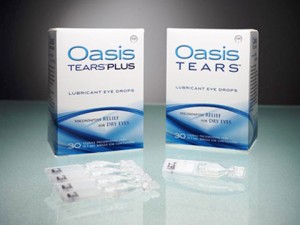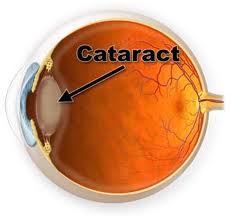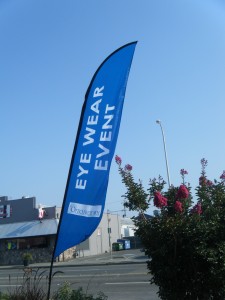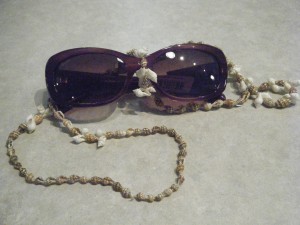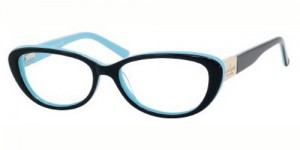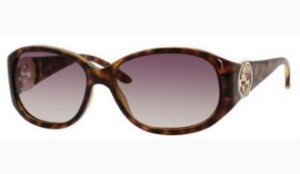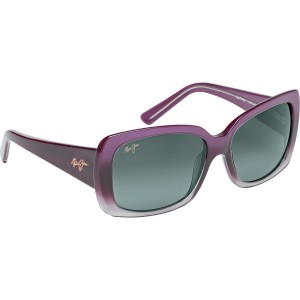 Below I have included information from the National Society to Prevent Blindness for first aid treatment for eye emergencies. I have added some information to help you decide when to seek professional help. If in doubt, call Westside Optometry or go to the nearest emergency department.
Below I have included information from the National Society to Prevent Blindness for first aid treatment for eye emergencies. I have added some information to help you decide when to seek professional help. If in doubt, call Westside Optometry or go to the nearest emergency department.
Chemical Burns
Eye damage from chemical burns may be extremely serious, as from alkalis or caustic acids; or less severe, as from chemical “irritants.”
DO flush the eye with water immediately, continuously and gently, for at least 15 minutes. Hold head under faucet or pour water into the eye using any clean container. Keep eye open as widely as possible during flushing.
DO see a doctor or go to the emergency room.
DO NOT use an eye cup, the water must run off your eye and use lots of it.
If a contact lens is in the eye, begin flushing over the lens immediately. This may wash away the lens.
DO NOT bandage the eye.
Spray cans are a common source of chemical eye injury, compounded by the force of contact. Whether containing caustics or “irritants,” they must be carefully used and kept away from children.
Specks in the Eye
DO lift upper eyelid outward and down over the lower lid.
DO let tears wash out speck or particle
If the speck doesn’t wash out – keep eye closed, bandage lightly and see a doctor.
DO NOT rub the eye.
DO NOT try to remove with a finger or any other object.
If you suspect the particle is metal, call the office immediately, do not wait until the next day. Metallic foreign bodies can rust overnight creating a larger area of damage.
Blows to the Eye
DO apply cold compresses immediately without putting pressure on the eye for 15 minutes; again each hour as needed to reduce pain and swelling.
DO see a doctor if there is discoloration or a “black eye”
DO seek emergency care if there is pain, blurred or double vision
Cuts and Punctures of Eye or Eyelid
DO bandage lightly and see a doctor at once. The bottom half of a paper cup can be used.
DO NOT wash out the eye with water.
DO NOT try to remove an object stuck in the eye.
Prevention
Of course, preventing eye injuries is the wisest action.
Wear eye protection for all hazardous activities and sports -at school, home and on the job.
Stock a first aid kit with a rigid eye shield and commercial eyewash before an eye injury happens.
DO NOT assume that any eye injury is harmless. When in doubt, give us a call or go to the emergency department.
